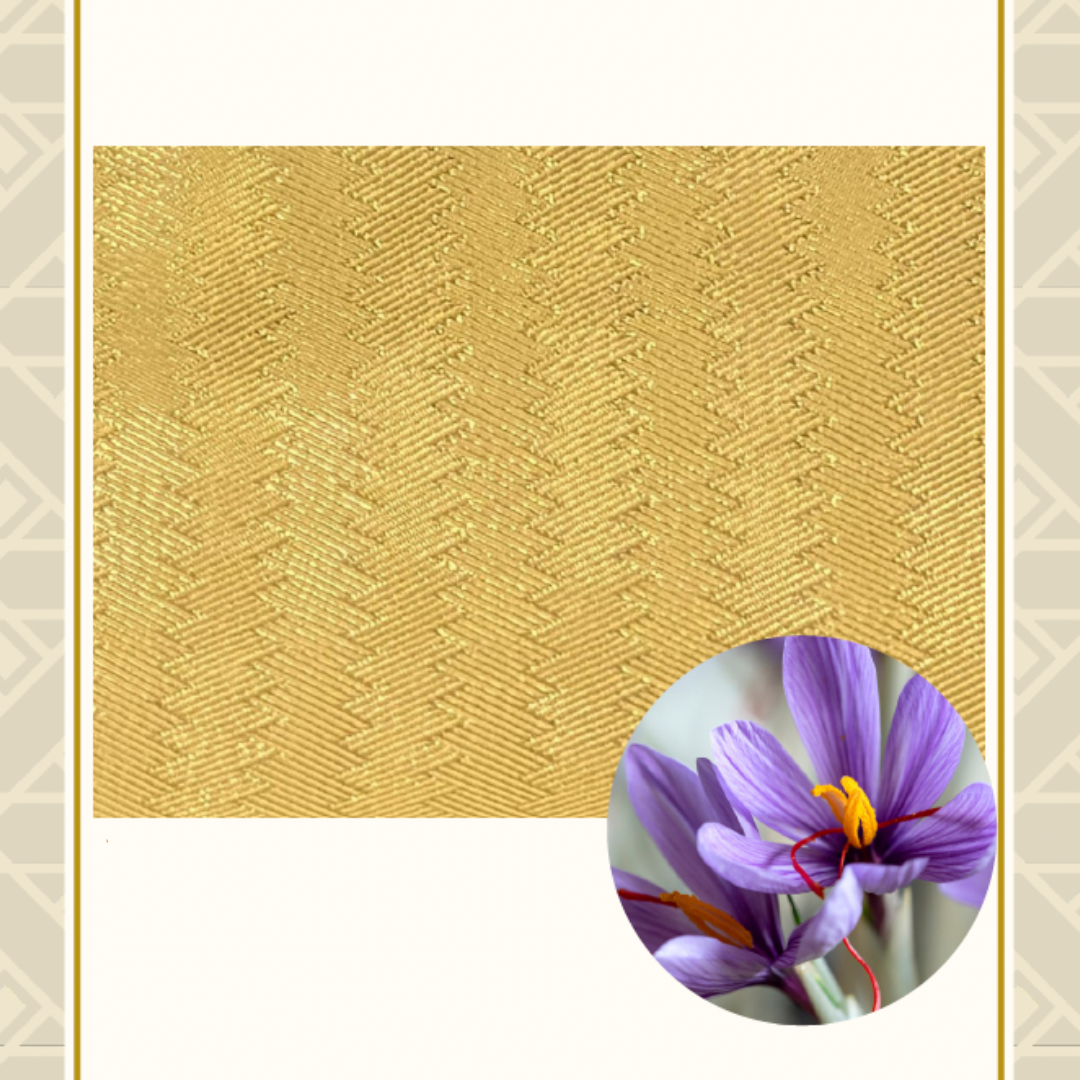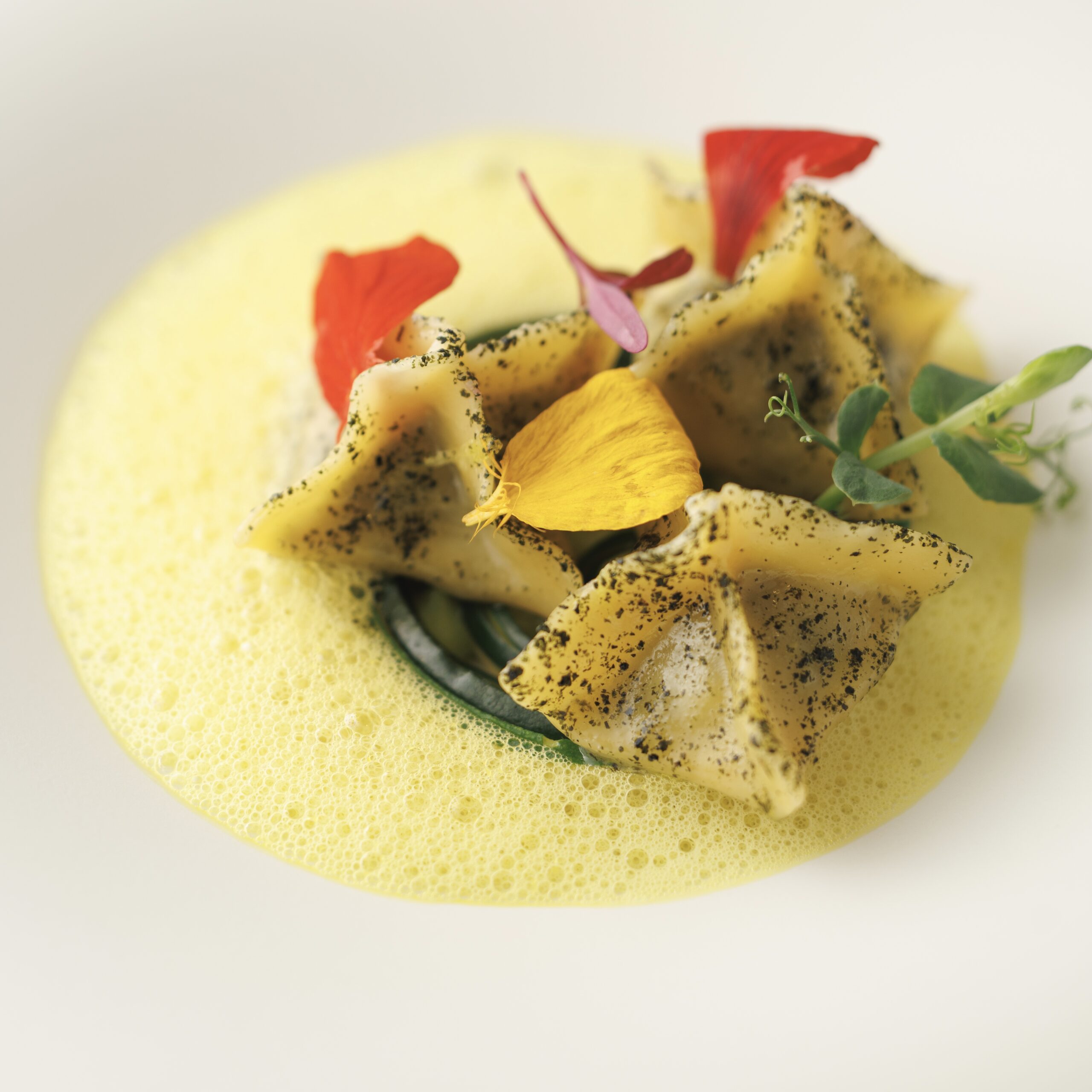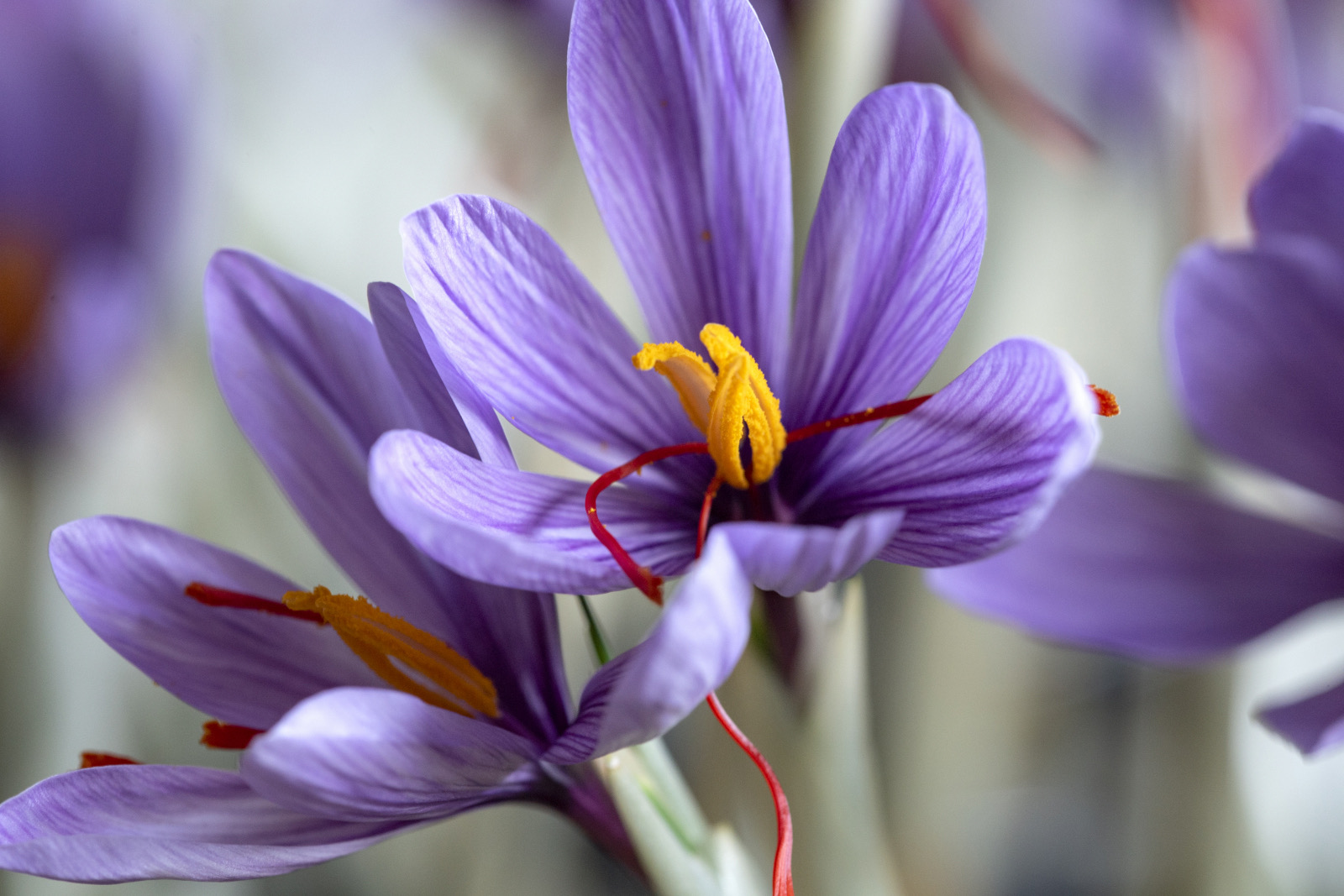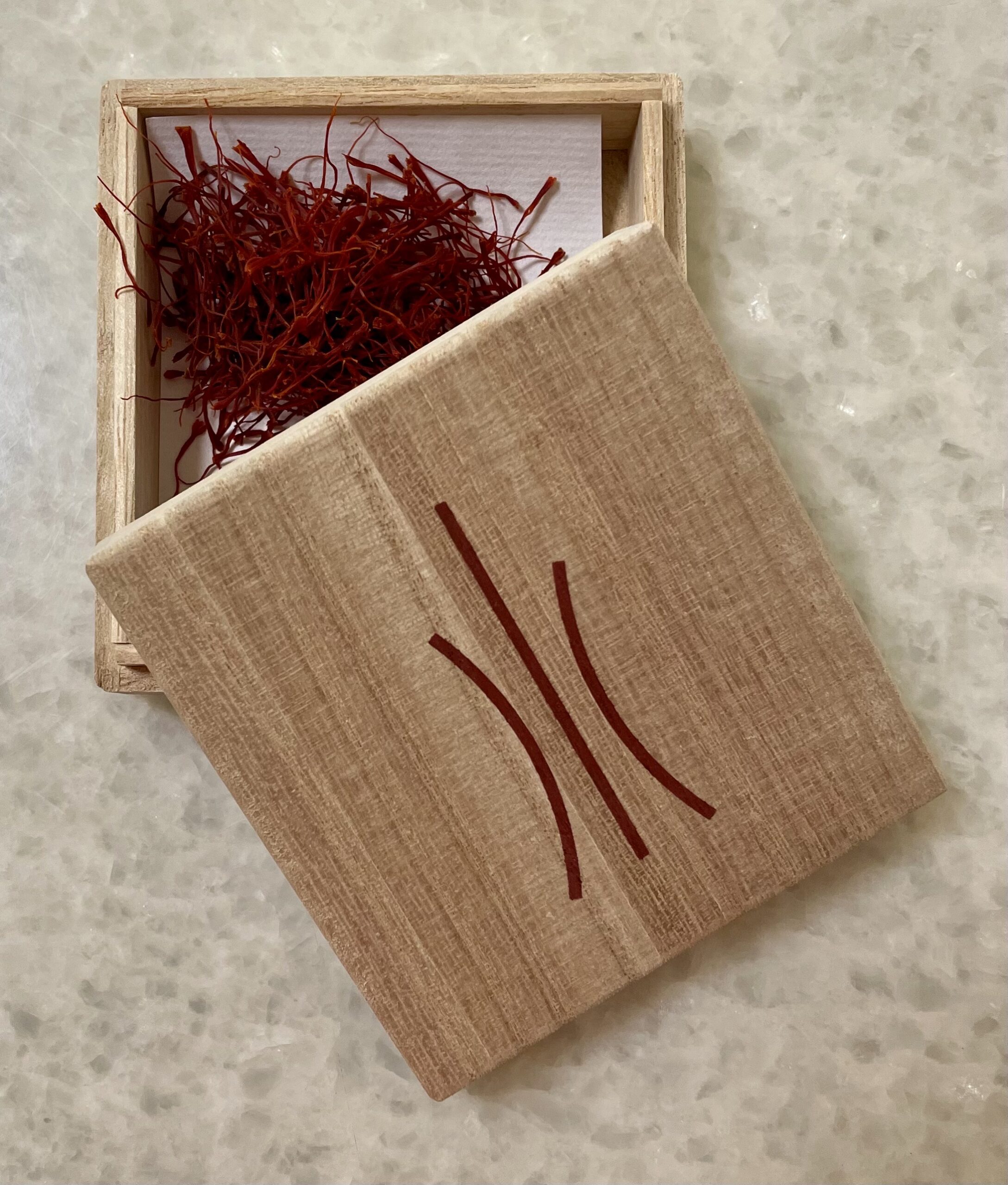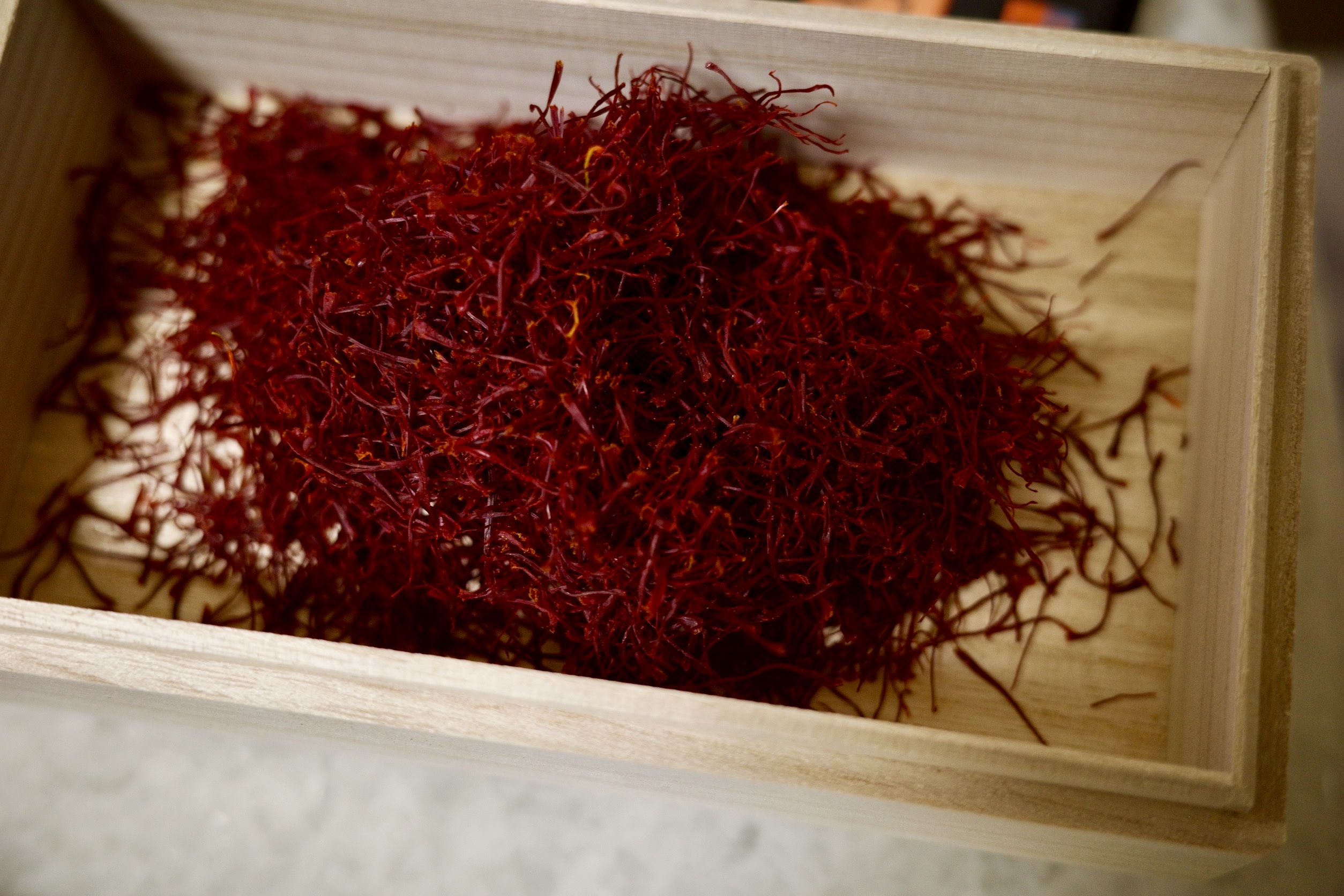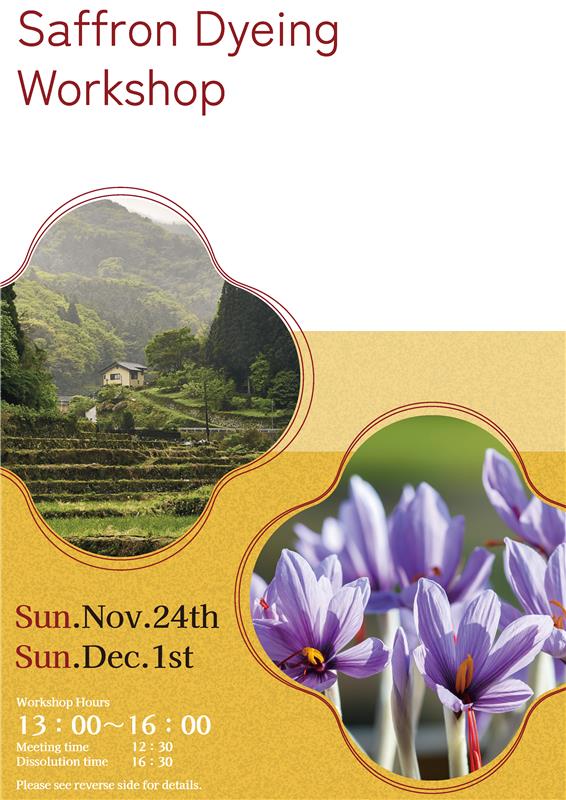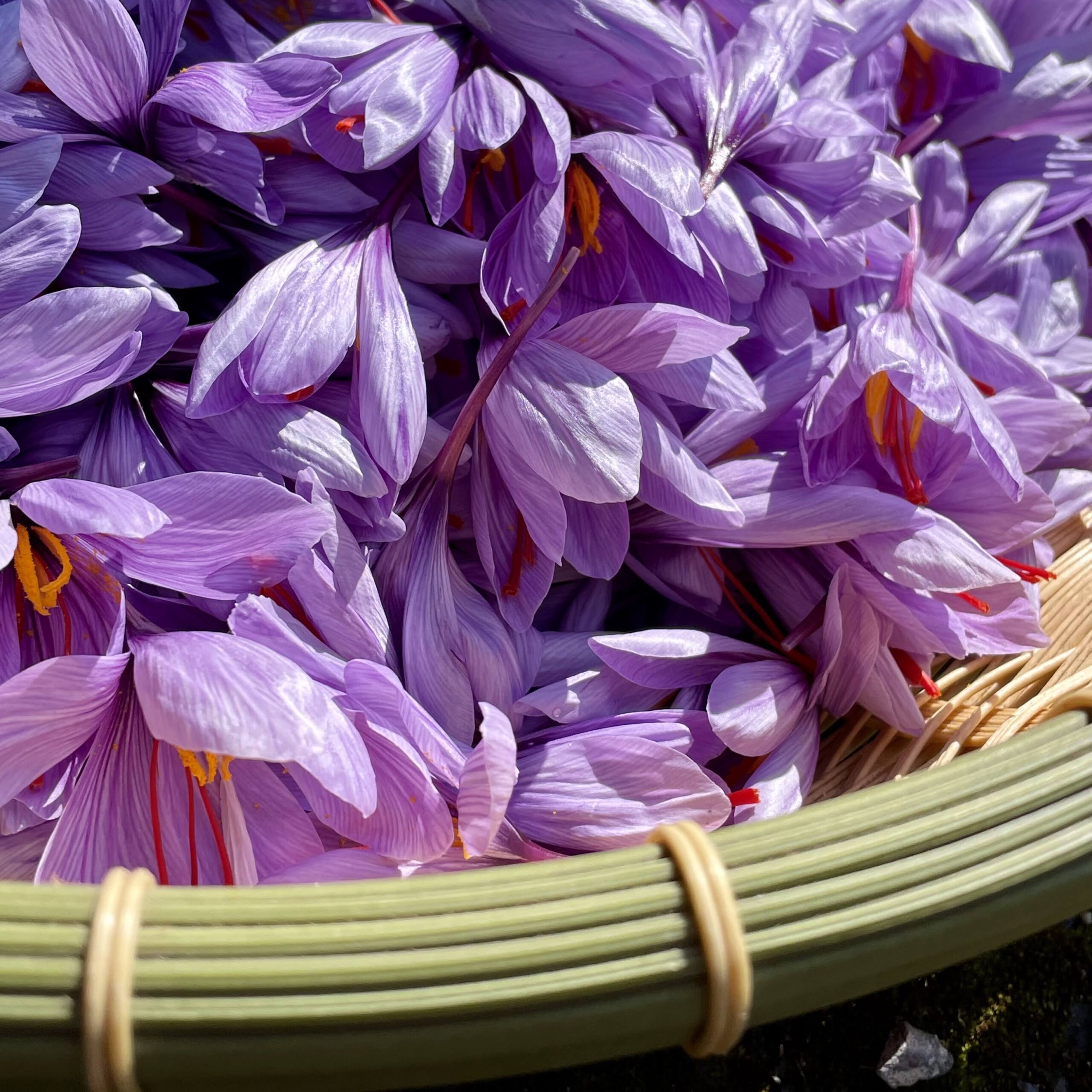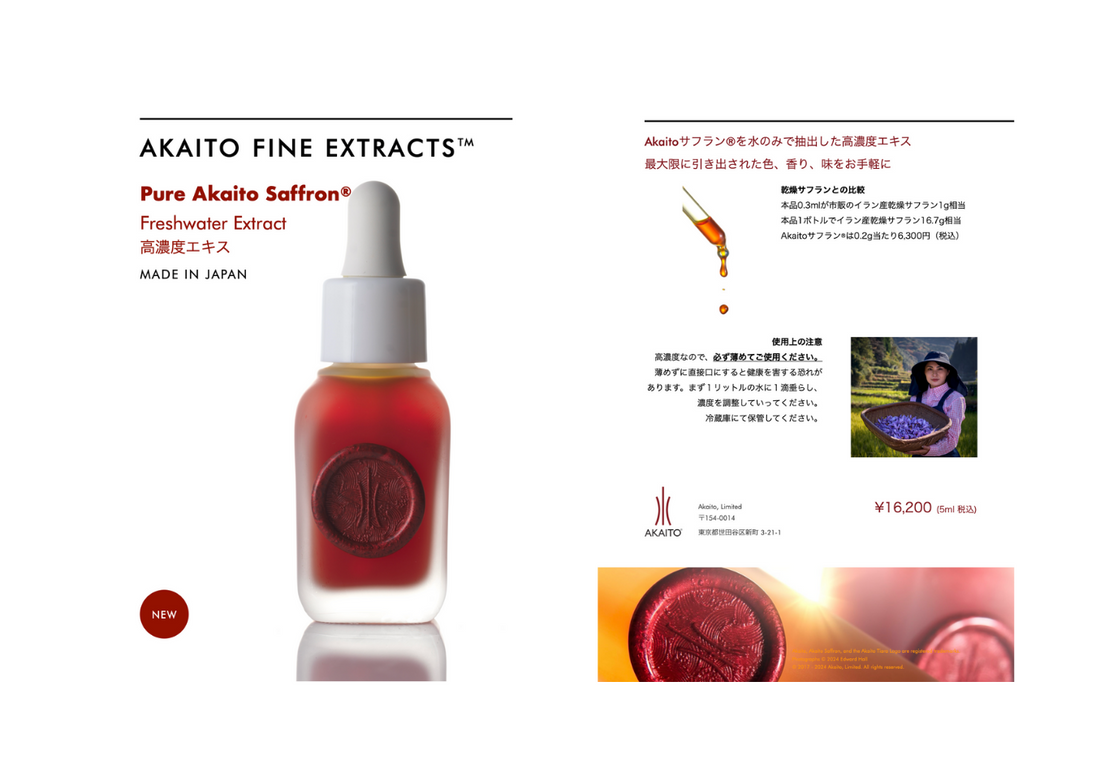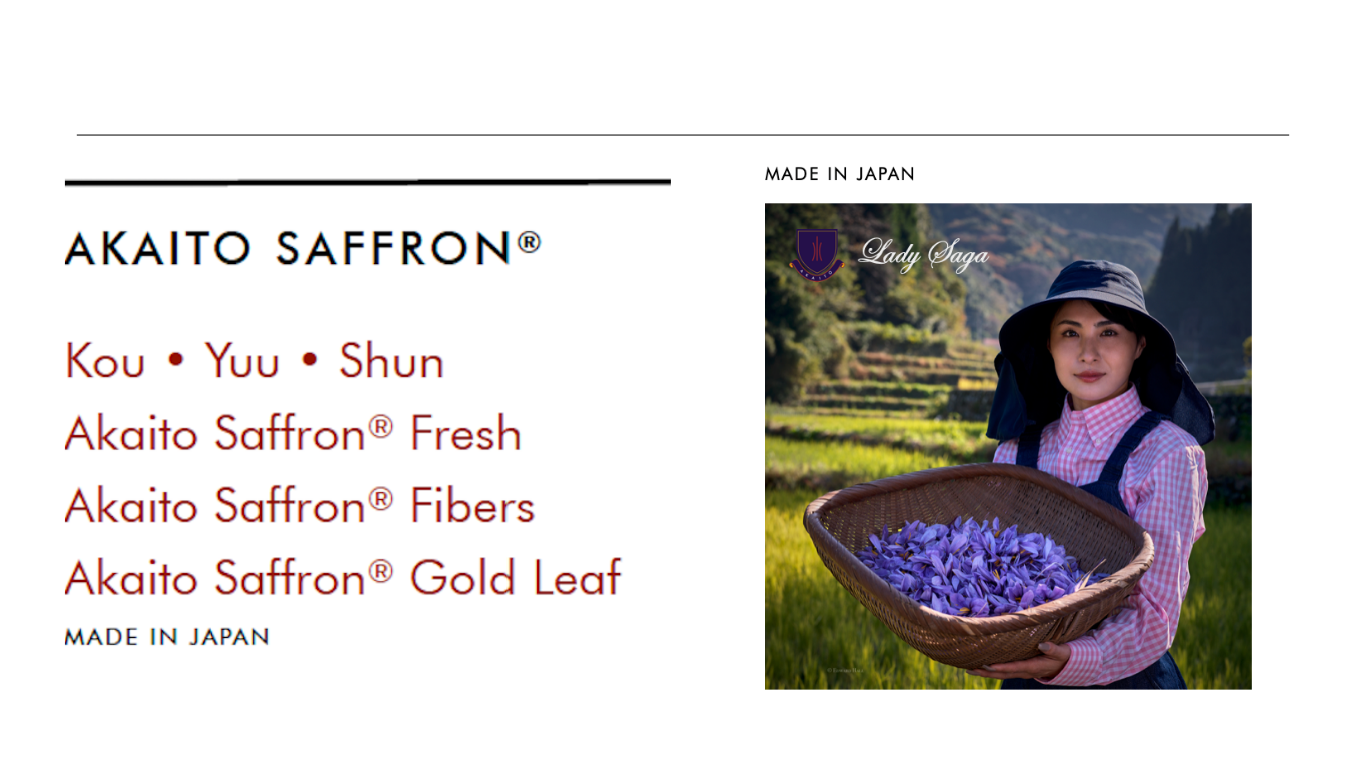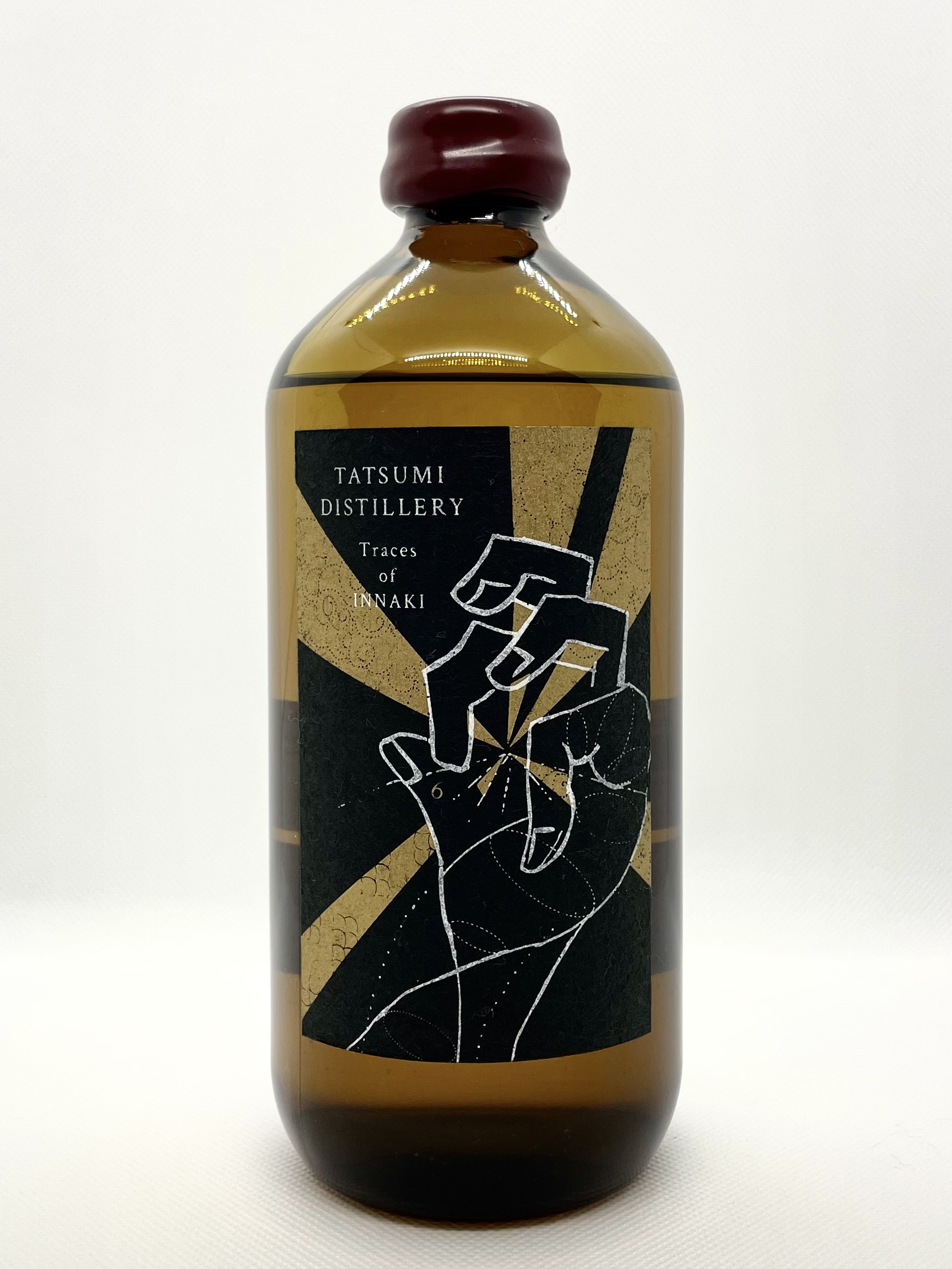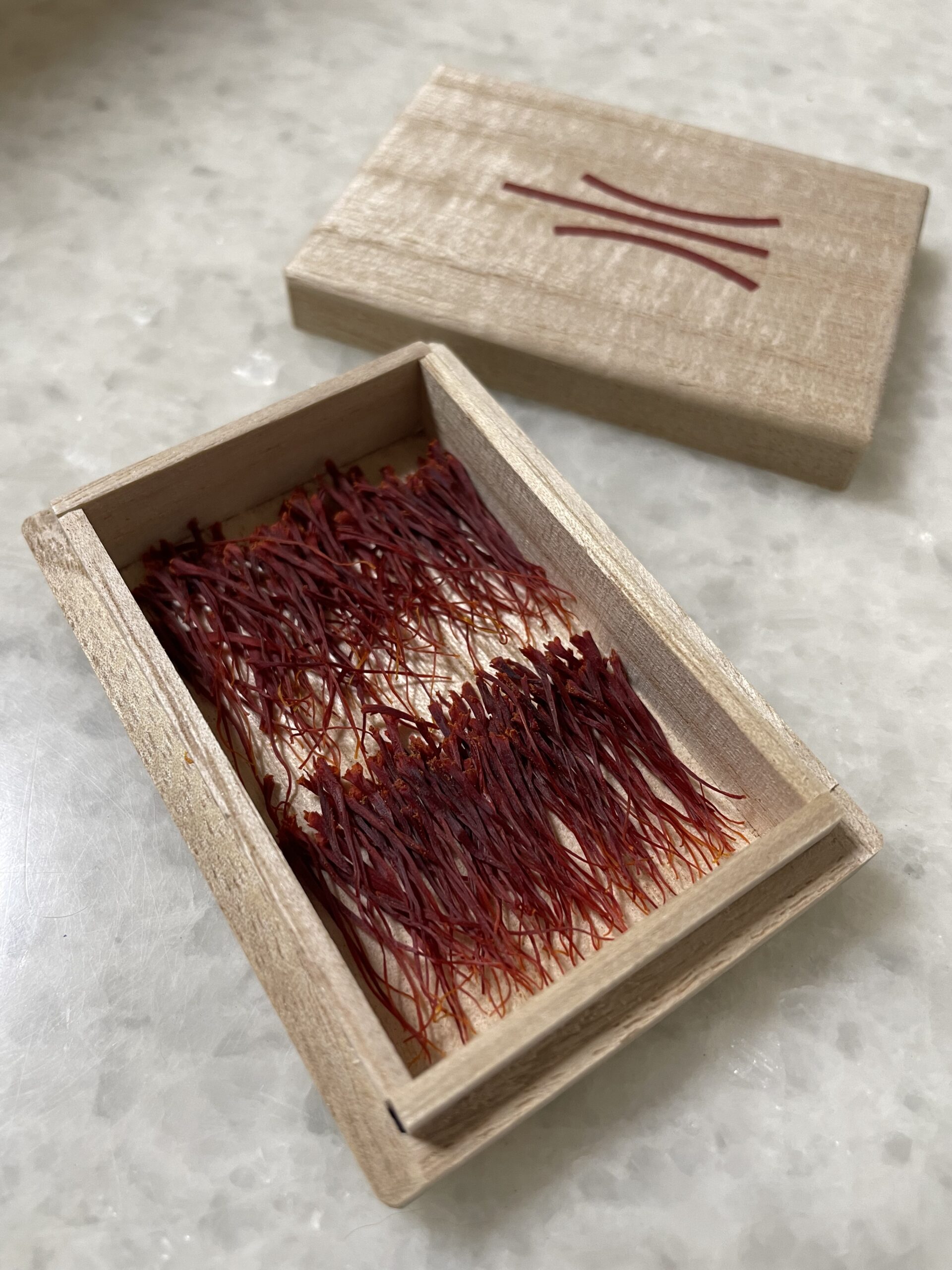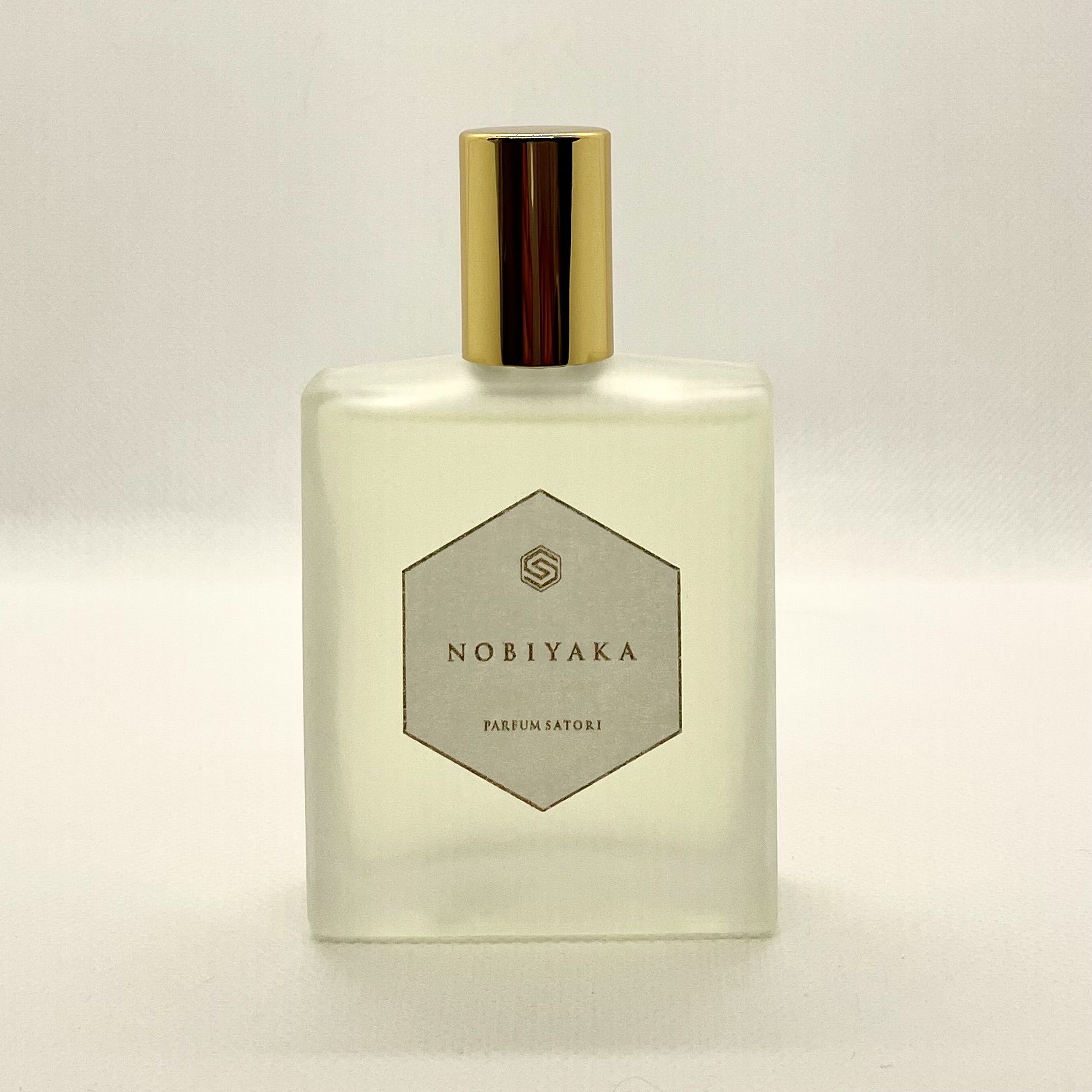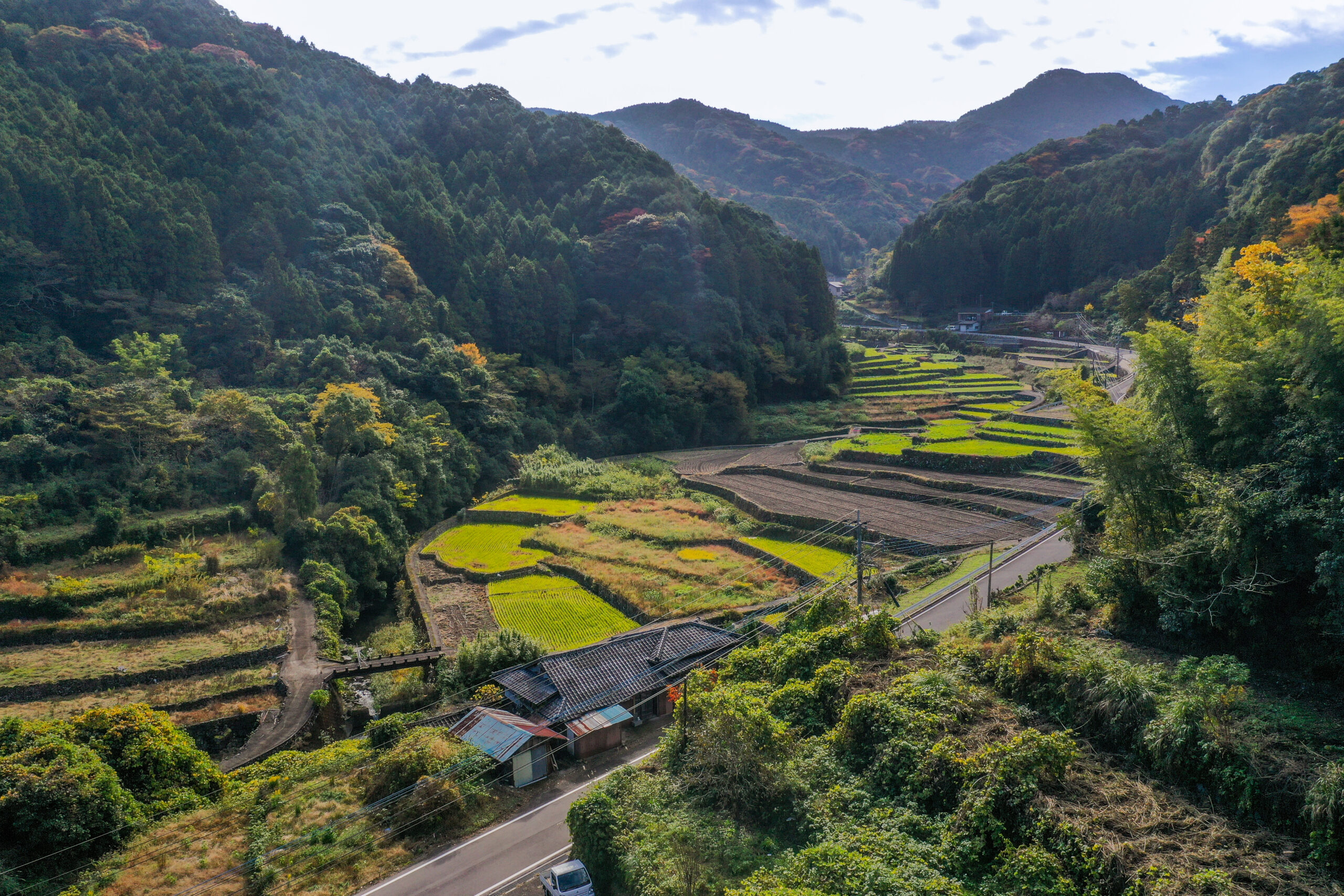History of Saffron : Kashima city, Saga prefecture, Japan
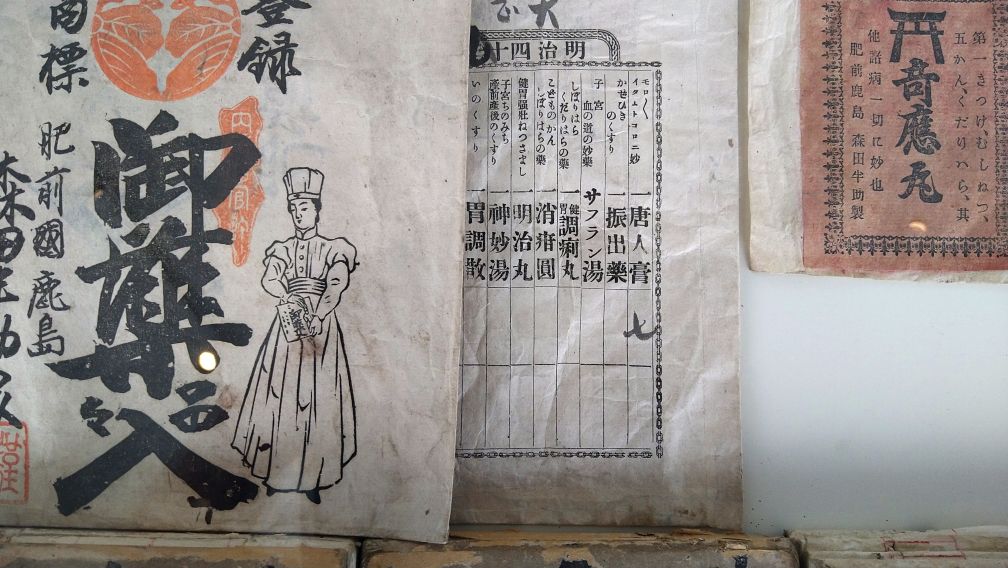
In Kashima City, Saga Prefecture, Japan, where Akaito Saffron®︎ is produced, saffron has been manufactured as a medicine since the Edo period. With the cooperation of the Kashima City Government, we would like to introduce the history of saffron in Kashima.
The history of saffron in Kashima City dates back to the Bunsei Era of the Edo Period. In a list of medicines that Morita Pharmaceutical (the predecessor of today’s Yutoku Yakuhin Co., Ltd.) handled at that time, there is an existing document that describes “saffron medicine” as “a wonder drug for the uterus and blood”. (Photo above)
According to the history of Kashima City, Morita Pharmaceutical’s origins date back to around 1818, when the founder, Mr. Hansuke Morita the First, received a secret recipe for making ointment from a Dutchman living in Nagasaki, and named it “Toujin (Foreigner’s) Ointment” and began selling it. The third generation of Mr. Hansuke Morita expanded the business across Japan around the end of Meiji Era, and by 1931, the company’s production had reached 500,000 yen* with approximately 200 employees. [*500,000 yen at that time was more than 900 million yen in terms of today’s value.]
As for the Saffron medicine, a record of Morita Pharmaceutical’s manufacturing output in 1920 shows that the number of units manufactured was 201,400 and the price was 14,098 yen.
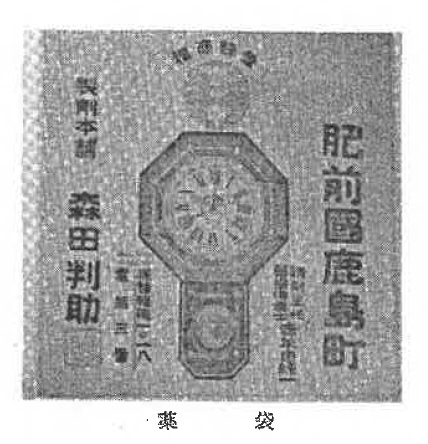
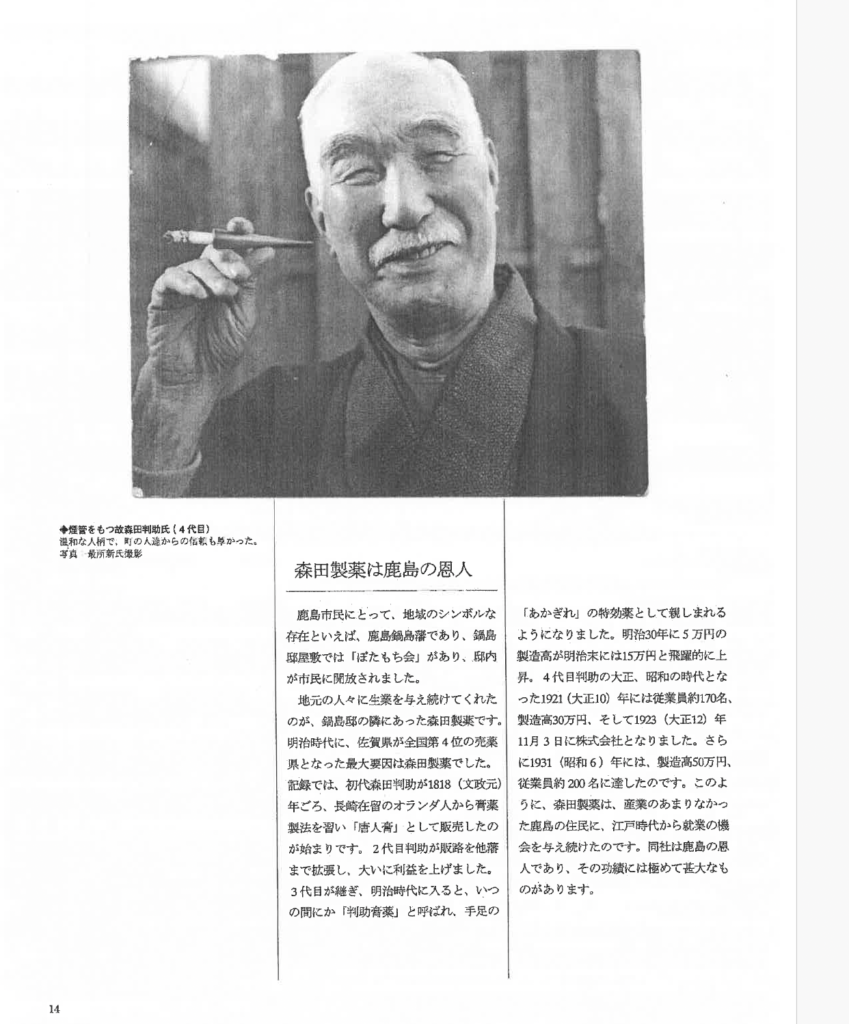
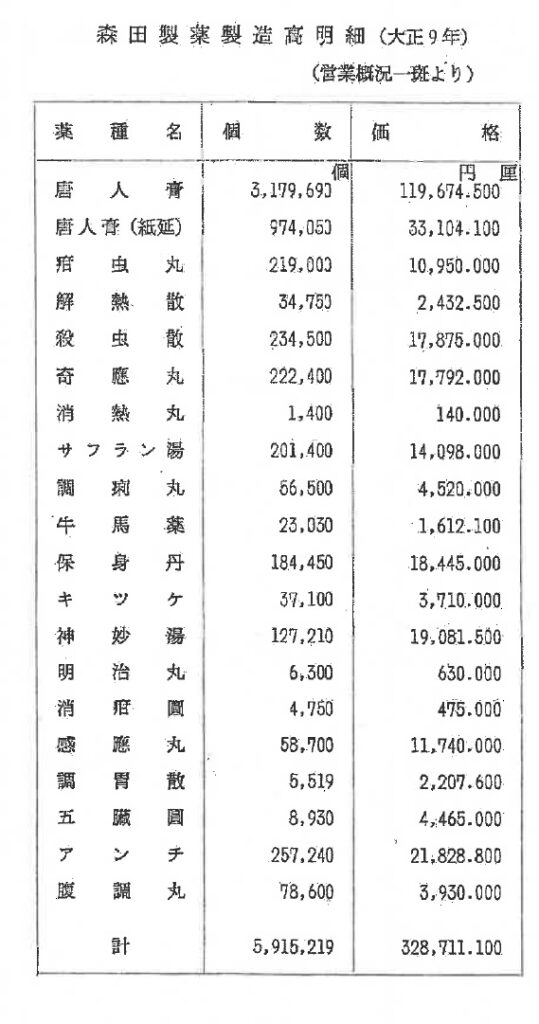
Saffron has long been used as a part of the traditional medicine in Japan. In Kashima City, the hometown of Akaito Saffron®︎, the history of saffron has also been inherited from generation to generation.

